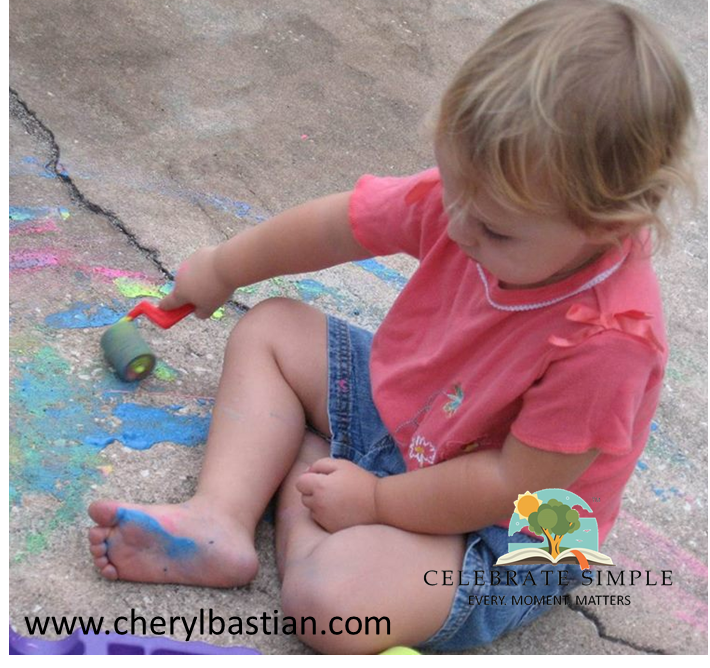REAL-LIFE Spelling
/I had a hard time spelling when I was a child. It was hard. Red marks plagued my weekly tests.
Though I understand the reasoning behind word families and traditional methods--I learned the pedagogy as an educator--I've been reminded that theory and practice are not always instant friends. Like any teaching means or method, nothing works for every child.
It didn't work for me. It hasn't worked for all my children.
Several of my children and I learned to spell by seeing correctly spelled words--and using the correctly spelled words in written context--over and over.
In other words,
repetition in real-life context returned the greatest retention.
Perhaps you have a child who learns best by experiencing the written word in real life, in context in the environment.This post is for YOU!
Yesterday as I prepared to visit the grocery store, a young learner asked to make my shopping list. I accepted the offer. She made the list and later spelled a few several times in her spelling book. The list provided access and practice to high-frequency (used often), real-life words, words which would be used over and over in her lifetime. The result? Spelling for the day. And, it mattered.
Learning wasn't just a list, it was life!
Today my daughter asked for more grocery words. I stopped what I was doing and quickly looked for a grocery ad to help us develop a list of words she thought were important. Her perception of what words mattered or would be helpful to her later in life fueled her desire to learn. Ultimately, she realized the words would one day help her make lists for shopping visits and the correct spelling would be important. She had taken ownership of her learning.
A desire to help + real-life need = learning with purpose
Grocery words may not interest your child. Instead, words of interest may be might be tied to simple machines, clothing, computers, or art. Start with an interest to discover learning with purpose.
If food words are of interest to your learner, here's a leveled list we created.
Grocery spelling for beginning spellers
- pie
- tea
- bag
- pea
- ham
- nuts
- can
- corn
- apple
- fish
- leek
- beef
- beet
- salt
- ice
- rice
- pork
- meat
- milk
- beans
- pita
- cake
- roll
- egg
- oil
- dip
Grocery spelling for intermediate spellers
- blueberry
- strawberry
- banana
- pumpkin
- ketchup
- sushi
- fruit
- water
- yogurt
- celery
- peanut
- dairy
- butter
- cream
- juice
- sauce
- pasta
- grain
- cereal
- olive
- carrot
- apple
- squash
- grapes
- orange
- juice
- lemon
- pepper
- coffee
- muffin
- cookie
- cheese
- bacon
- steak
- roast
- mango
- salad
- lettuce
- crackers
- onion
- pudding
- pizza
- biscuit
- turkey
- chicken
- lentil
Grocery spelling for advanced spellers
- fillet
- burrito
- lasagna
- mushroom
- cucumber
- pierogi
- detergent
- charcoal
- sandwich
- pastry
- salami
- cheesecake
- mozzarella
- grapefruit
- asparagus
- raspberry, raspberries
- avocado
- pineapple
- potato, potatoes
- tomato, potatoes
- broccoli
- sausage
- salmon
- tilapia
- shrimp
- tenderloin
- margarine
- edamame
- vegetables
- batteries
- sirloin
- bakery
- expresso
Extended Learning
- Use a weekly grocery ad to make a list of foods needed for three meals a day, for seven days.
- Write words on index cards. Choose ten of greatest interest and copy those on a white or chalkboard, twice a day. Younger learners may enjoy writing the words with chalk on the driveway or with a finger in a sand tray.
- Make a word search. There are word search generators online.
- Play grocery Scrabble. Only food or grocery words are eligible for play and the weekly grocery ad may be used during play.
- Take a behind the scenes tour of your local grocery store.
- Take a factory tour of a milk product processing plant near you. Our local grocery store has a processing plant an hour and a half from our home. It is amazing!
- Visit a U-Pick farm.
Read Grocery-Related Picture and Non-Fiction Books
Hearing grocery-related words spoken and used in context--builds knowledge of vocabulary and sentence structure as well as provides a means by which math, science, and history content can be gained in a relaxed setting. Hearing content in context often keeps curiosity engaged and wonder active.
- Milk: From Cow to Carton, Aliki
- From Milk to Cheese, Roberta Basel
- From Tomato to Ketchup, Roberta Basel
- Eating the Alphabet, Lois Ehlert
- Growing Vegetable Soup, Lois Ehlert
- The Fruits We Eat, Gail Gibbons
- The Milk Makers, Gail Gibbons
- The Vegetables We Eat, Gail Gibbons
- From Seed to Plant, Gail Gibbons
- Bread and Jam for Frances, Russell Hoban
- Blueberries for Sal, Robert McCloskey
- The Vegetable Alphabet Book, Jerry Pallotta
- Tops and Bottoms, Janet Stevens
If the interest in everyday food words grows to an interest in farming, check out this post on our favorite farm books!



















































